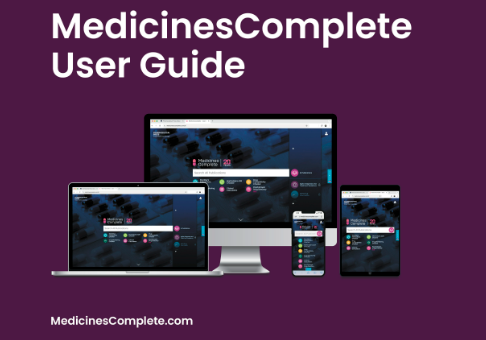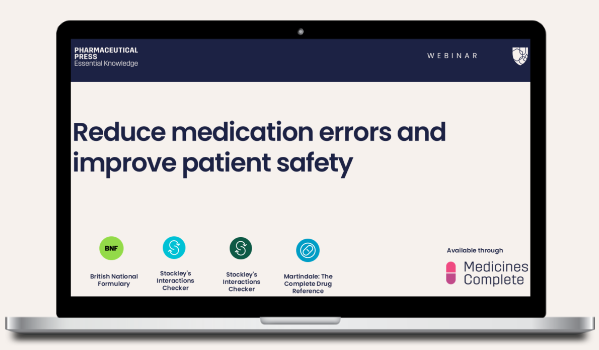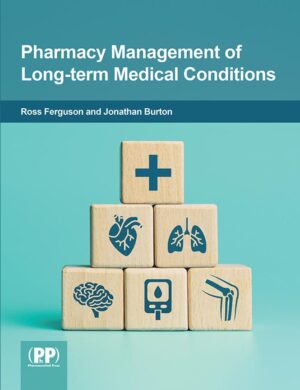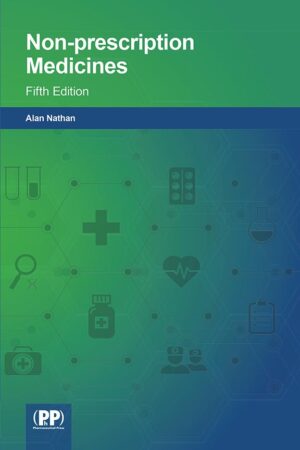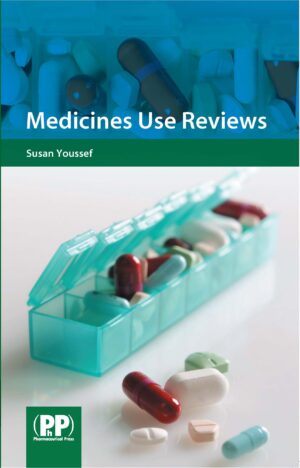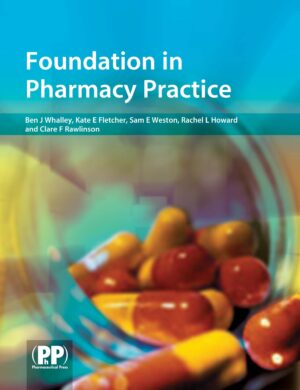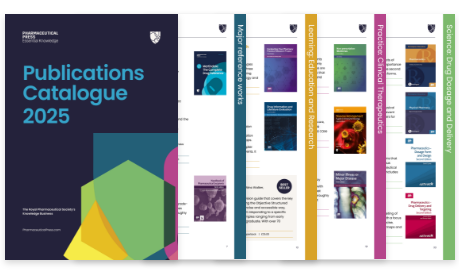Description
Rigorously researched information grounded in clinical practice tailored for use in palliative and hospice care settings.
Palliative Care Formulary (PCF9) is split into 3 parts plus the appendices:
- Part 1 comprises 142 drug monographs, some covering a class of drugs (e.g. antimuscarinics, bronchodilators, strong opioids) and others restricted to an individual drug (e.g. morphine, fentanyl, ketamine).
- Part 2 deals with themes which transcend the drug monographs, e.g. general advice about prescribing in palliative care, prescribing in renal or hepatic impairment, drugs and fitness to drive.
- Part 3 looks at routes of administration, e.g. administering drugs to patients with swallowing difficulties or enteral feeding tubes, the use of transdermal patches, and continuous subcutaneous drug infusion.
- Appendices contain information on opioid dose conversion ratios and compatibility charts for mixing drugs for continuous subcutaneous infusion
PCF 9 also includes several Quick Clinical Guides covering key topics in palliative care and designed for everyday use.
PCF9 updates include:
- 4 new monographs: Aprepitant, Direct oral anticoagulants, Dual orexin receptor antagonists and Myasthenia gravis at the end of life
- 1 new Quick Clinical Guide: Administering a short subcutaneous infusion (SSCI)
- 50% of the monographs have been fully reviewed and updated along with many additional minor updates to other monographs
- Some monographs were renamed as part of a full update, notably Systemic lidocaine (formerly Systemic local anaesthetics) and Iron (formerly Ferrous sulfate)
A eulogy to Dr Robert Twycross (1941-2024) a founding author has been included in recognition of his immeasurable contribution to the PCF and inspirational devotion to the specialty of palliative medicine
Preface to the ninth edition
Dr Robert Twycross (1941–2024)
The use of medicinal products beyond (off-label) and without (unauthorized) marketing authorization
Drug names & Abbreviations
Part 1: Drug monographs
Gastro-intestinal system
- Antacids and antiflatulents
- Antimuscarinics
- Prokinetics
- H2-receptor antagonists
- Proton pump inhibitors
- Loperamide
- Laxatives and other oral products for constipation
- Topical products for haemorrhoids
- Pancreatin
Cardiovascular system
- Furosemide
- Spironolactone
*Systemic lidocaine
*Clonidine - Glyceryl trinitrate
- Nifedipine
- Anticoagulants
- Haemostatics
Respiratory system
- Bronchodilators
- Inhaled corticosteroids
- Oxygen
- Drugs for cough
Central nervous system
- Benzodiazepines and Z-drugs
- Dual orexin receptor antagonists
- Melatonin
- Antipsychotics
- Antidepressants
*Psychostimulants
*Cannabinoids - Anti-emetics
- Anti-epileptics
Analgesics
- Principles of use of analgesics
- Adjuvant analgesics
- Paracetamol
- Nefopam
- Non-steroidal anti-inflammatory drugs (NSAIDs)
- Weak opioids
- Strong opioids
- Opioid antagonists (therapeutic target within the CNS)
- Opioid antagonists (therapeutic target outside the CNS)
Infections
- Antibacterials in palliative care
- Oral candidosis
- Metronidazole
- Rifampicin
- Urinary tract infections
- Cellulitis in lymphoedema
Endocrine system and immunomodulation
- Bisphosphonates
- Denosumab
- Systemic corticosteroids
- Demeclocycline
- Desmopressin
- Drugs for diabetes mellitus
*Octreotide - Progestogens
*Thalidomide
Urinary tract disorders
- Tamsulosin
- Urinary antimuscarinics
- Methenamine hippurate
- Catheter patency solutions
- Discoloured urine
Nutrition and blood
- Anaemia
- Ascorbic acid (vitamin C)
- Vitamin K
- Potassium
- Magnesium
- Zinc
Musculoskeletal and joint diseases
- Depot corticosteroid injections
- Rubefacients and other topical products
- Skeletal muscle relaxants
Ear, nose and oropharynx
- Mouthwashes
- Artificial saliva
- Pilocarpine
- Drugs for oral inflammation and ulceration
- Cerumenolytics
Skin
- Emollients
- Topical antipruritics
- Barrier products
Anaesthesia
Part 2: Prescribing in palliative care
- Prescribing in palliative care
- Anticipatory prescribing in the community
- Prescribing for children
- Renal impairment
- Hepatic impairment
- Variability in response to drugs
- Prolongation of the QT interval in palliative care
- Drug-induced movement disorders
- Drugs and fitness to drive
- Travelling abroad with prescription drugs or medical equipment
- Obtaining specials
- Management of postoperative pain in opioid-dependent patients
- Drugs for pruritus
- Oral nutritional supplements
Part 3: Routes of administration
- Drug administration to patients with swallowing difficulties or enteral feeding tubes
- Continuous subcutaneous drug infusions
- Transdermal patches
- Nebulized drugs
- Spinal analgesia
Appendices
- Anaphylaxis
- Opioid dose conversion ratios
- Compatibility charts
Indexes
- Drugs
- Topics
- Quick Clinical Guides



